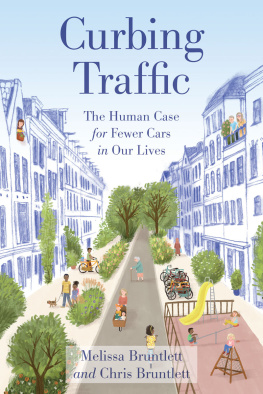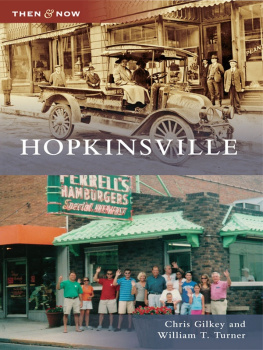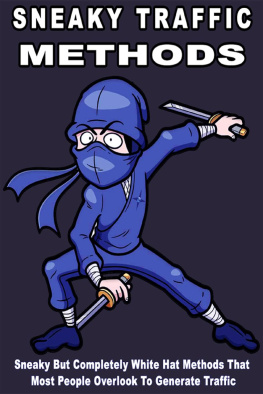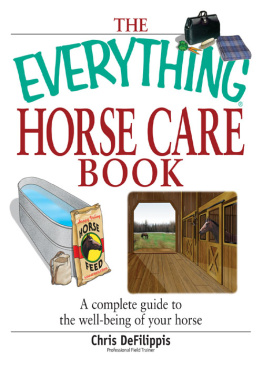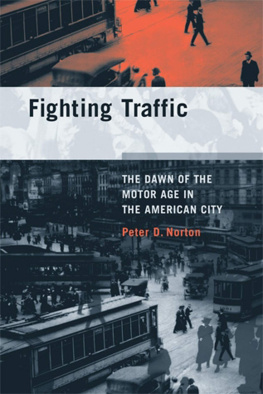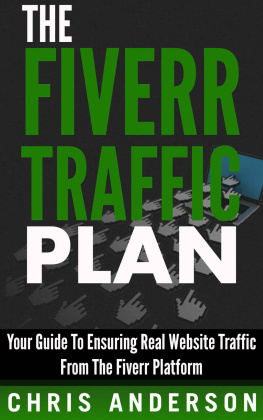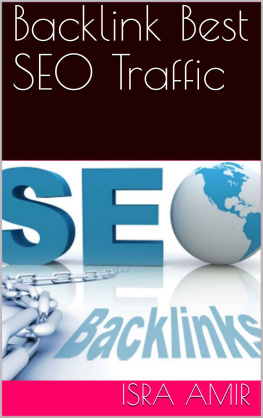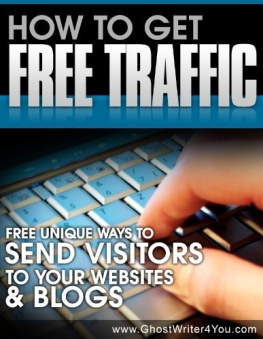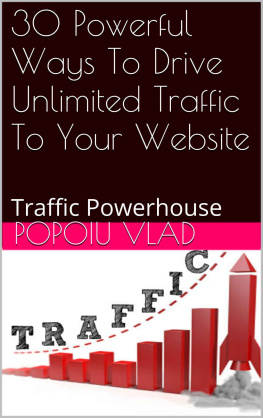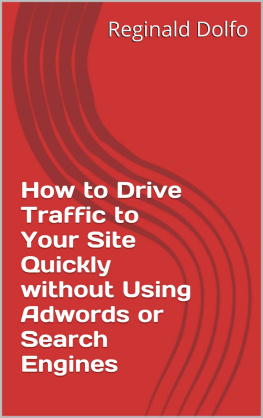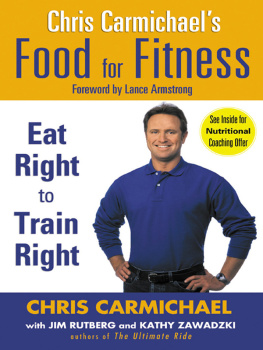Chris Bruntlett - Curbing Traffic
Here you can read online Chris Bruntlett - Curbing Traffic full text of the book (entire story) in english for free. Download pdf and epub, get meaning, cover and reviews about this ebook. year: 2021, publisher: Island Press, genre: Non-fiction. Description of the work, (preface) as well as reviews are available. Best literature library LitArk.com created for fans of good reading and offers a wide selection of genres:
Romance novel
Science fiction
Adventure
Detective
Science
History
Home and family
Prose
Art
Politics
Computer
Non-fiction
Religion
Business
Children
Humor
Choose a favorite category and find really read worthwhile books. Enjoy immersion in the world of imagination, feel the emotions of the characters or learn something new for yourself, make an fascinating discovery.
- Book:Curbing Traffic
- Author:
- Publisher:Island Press
- Genre:
- Year:2021
- Rating:4 / 5
- Favourites:Add to favourites
- Your mark:
- 80
- 1
- 2
- 3
- 4
- 5
Curbing Traffic: summary, description and annotation
We offer to read an annotation, description, summary or preface (depends on what the author of the book "Curbing Traffic" wrote himself). If you haven't found the necessary information about the book — write in the comments, we will try to find it.
Curbing Traffic — read online for free the complete book (whole text) full work
Below is the text of the book, divided by pages. System saving the place of the last page read, allows you to conveniently read the book "Curbing Traffic" online for free, without having to search again every time where you left off. Put a bookmark, and you can go to the page where you finished reading at any time.
Font size:
Interval:
Bookmark:
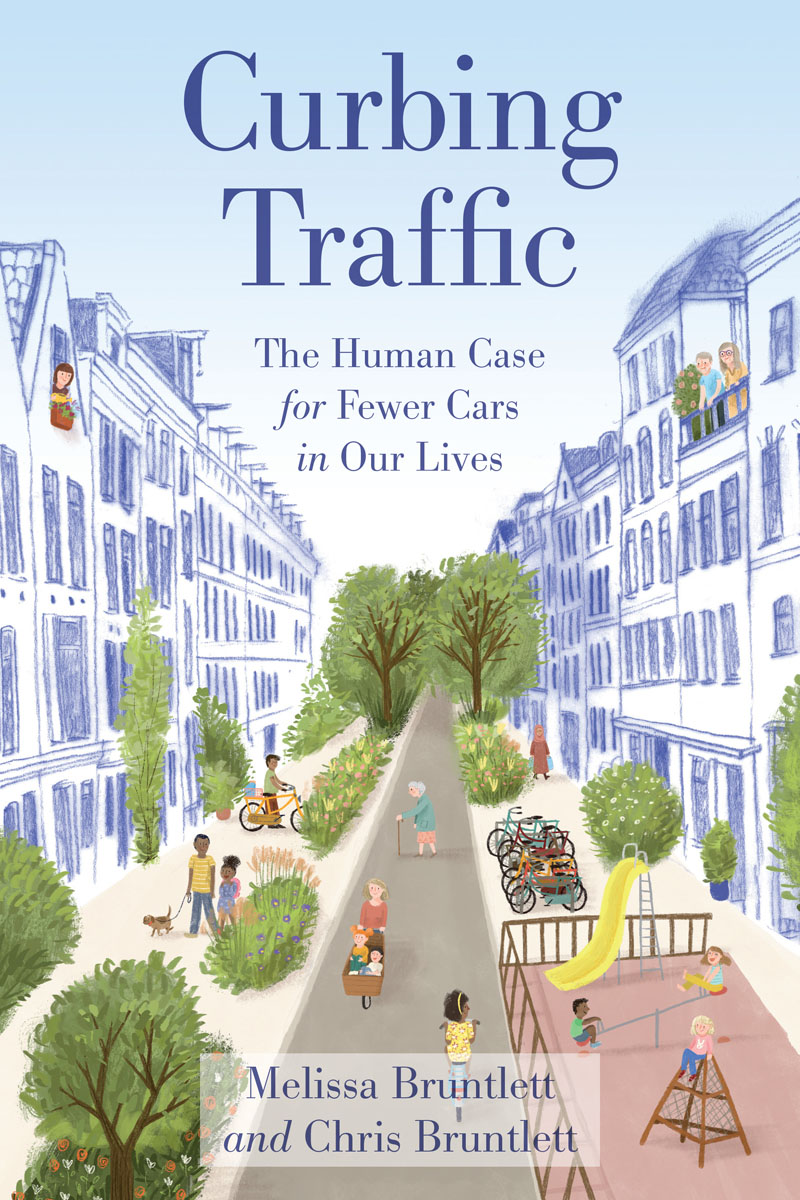
About Island Press
Since 1984, the nonprofit organization Island Press has been stimulating, shaping, and communicating ideas that are essential for solving environmental problems worldwide. With more than 1,000 titles in print and some 30 new releases each year, we are the nations leading publisher on environmental issues. We identify innovative thinkers and emerging trends in the environmental field. We work with world-renowned experts and authors to develop cross-disciplinary solutions to environmental challenges.
Island Press designs and executes educational campaigns, in conjunction with our authors, to communicate their critical messages in print, in person, and online using the latest technologies, innovative programs, and the media. Our goal is to reach targeted audiencesscientists, policy makers, environmental advocates, urban planners, the media, and concerned citizenswith information that can be used to create the framework for long-term ecological health and human well-being.
Island Press gratefully acknowledges major support from The Bobolink Foundation, Caldera Foundation, The Curtis and Edith Munson Foundation, The Forrest C. and Frances H. Lattner Foundation, The JPB Foundation, The Kresge Foundation, The Summit Charitable Foundation, Inc., and many other generous organizations and individuals.
The opinions expressed in this book are those of the author(s) and do not necessarily reflect the views of our supporters.

Island Presss mission is to provide the best ideas and information to those seeking to understand and protect the environment and create solutions to its complex problems. Click here to get our newsletter for the latest news on authors, events, and free book giveaways.

2021 Melissa Bruntlett and Chris Bruntlett
All rights reserved under International and Pan-American Copyright Conventions. No part of this book may be reproduced in any form or by any means without permission in writing from the publisher: Island Press, 2000 M Street, NW, Suite 480b, Washington, DC 20036
Library of Congress Control Number: 2020946213
All Island Press books are printed on environmentally responsible materials.
Manufactured in the United States of America
10 9 8 7 6 5 4 3 2 1
Keywords: Access to nature, aging in place, childhood autonomy, climate resilience, cycling city, Delft, low-car city, mental health, mobility choice, the Netherlands, noise pollution, protected bike lane, street design, traffic calming, transportation accessibility
For Wendy, Ed, Margaret, and Robert, our biggest fans and most ardent supporters.
Our story has only been possible because of your unwavering encouragement, no matter where our journey has taken us.
I t was only supposed to be five blog posts. But when our family first traveled from Vancouver to Rotterdam in the summer of 2016, we had no idea how quickly a simple writing assignment would spiral out of control. Those five online articles would form the basis for our book Building the Cycling City: The Dutch Blueprint for Urban Vitality, whose publication by Island Press in August 2018 transformed these two Canadians into inadvertent international ambassadors for the Netherlands. Focused on the forward-thinking urban and transport planning policies that have transformed Dutch cities from places for cars to places for people, the book also provided concrete case studies of North American communities already translating these concepts onto their streets. Following a global speaking tour that saw us address 44 audiences in 25 cities across seven countries (including a once-in-a-lifetime trip across Australia and New Zealand), and countless media appearancessuch as Vox, The Guardian, CityLab, National Public Radio, and the Canadian Broadcasting Corporationwe returned home to the Pacific Northwest with a life-changing decision to make. But to be honest, it was a fairly easy one.
After featuring Dutch Cycling Embassy (former) director Mirjam Borsboom in a chapter of Building the Cycling City, and then meeting Mobycon CEO Johan Diepens at our Ottawa book launch, the process of writing and promoting our first book became one gigantic job interview. And sure enough, in early 2019, the two of us were staring at employment offers from these respective organizations, both located in the small city of Delft: Melissa as international communications specialist for Mobycon, and Chris as marketing and communication manager for the Dutch Cycling Embassy. So, with very little hesitation, we reduced all of our earthly belongings into eight suitcases (and a cat carrier), pulled the children out of school midsemester, and traded the peaks of British Columbia for the lowlands of South Holland, eager to begin exporting the inspiring bicycle infrastructure and culture wed been fervently touting for years.
Aside from it being the home of the eponymous Delfts blauw (Delft blue) pottery, the birthplace of Johannes Vermeer, and the assassination site of Willem van Oranje, (the main leader of the sixteenth-century Dutch Revolt against the Spanish Habsburgs), we knew precious little about our new hometown. We had not even set foot there until we arrived at the door of our rental apartment on a February morning in 2019. It was love at first sight, and within hours of wandering its quaint canals, cobbled streets, and historic squares, it became clear that we hadas one of our Twitter followers so eloquently put itmet onze neus in de boter gevallen (fallen with our nose in the butter). This was an immense relief, as we had initially considered settling in some of the surrounding cities, but with both of our jobs located within a short cycle ride, it made sense to stay close to the kids as they transitioned into the public-school system. Coralie and Etienne, at the ages of 12 and 10 respectively, were understandably a bit more hesitant about this intercontinental move. But despite its being our warm and welcoming home for 11 wonderful years, all four of us were ready to downsize from big and bustling Vancouver, and Delft seemed to check all of our boxes: a compact and historic college town of just over 100,000 people30,000 of whom study or work at the local universitywhere an incredible four-fifths of all journeys are made on foot, bicycle, or public transport (and no less than half of all trips are on a bicycle!).
In addition to the obvious (and ongoing) adjustment to a new language and culture, the starkest discovery was the myriad qualitative benefits that come with living in a place with far fewer motor vehicles. Even with high expectations, the first few weeks were nothing short of a revelation for our family; each day discovering the immense joys of living in a city that treated cars as guests, rather than guests of honor. Suddenly we found ourselves living in an environment where we could hear again. Having been accustomed to the prevalence of engines, we had forgotten the sounds that give life to a city: people talking, birds singing, bells ringing, and music playing. At the same time, we watched our children enjoy the independence and freedom of moving autonomously on their own streets. These inclusive spaces welcomed virtually anyone; including the aging and disabled. In this immersive environment, levels of trust and compassion were clear through eye contact with fellow travelers. We saw how such an environment permits frequent and meaningful connections with our community, allowing us to meet and interact with our new neighbors.
Next pageFont size:
Interval:
Bookmark:
Similar books «Curbing Traffic»
Look at similar books to Curbing Traffic. We have selected literature similar in name and meaning in the hope of providing readers with more options to find new, interesting, not yet read works.
Discussion, reviews of the book Curbing Traffic and just readers' own opinions. Leave your comments, write what you think about the work, its meaning or the main characters. Specify what exactly you liked and what you didn't like, and why you think so.

